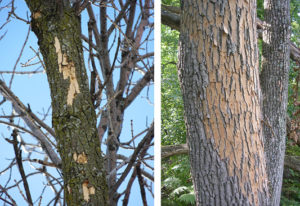By Dan Buckler, DNR urban forestry assessment outreach specialist, Madison, Daniel.Buckler@wisconsin.gov, 608-445-4578
It is no secret that th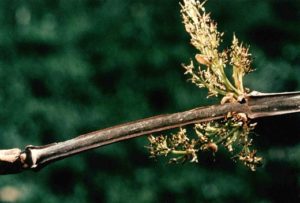 e emerald ash borer (EAB) has a voracious appetite. This pest has eradicated unprotected green and white ash in many communities in southern Wisconsin and can be expected to eventually impact all communities in the state. EAB is also damaging wetland and riverine forests by eliminating green and black ash from these woodlands, which had already become less diverse and resilient from the loss of American elm from Dutch elm disease.
e emerald ash borer (EAB) has a voracious appetite. This pest has eradicated unprotected green and white ash in many communities in southern Wisconsin and can be expected to eventually impact all communities in the state. EAB is also damaging wetland and riverine forests by eliminating green and black ash from these woodlands, which had already become less diverse and resilient from the loss of American elm from Dutch elm disease.
While EAB can feed on all American ash species so far tested, some are less favored than others and thus take less damage from the pest. Reduced feeding pressure may allow such species to persist in the presence of EAB. Blue ash (Fraxinus quadrangulata) is one of these less preferred hosts of EAB. This tree, a native of the Midwest and South, enjoys calcareous soils and has been found growing naturally in southeast Wisconsin. Even before EAB, it was considered a Threatened plant in the state, though it is common in states to the south of us. It’s an unusual tree but some communities and individuals have planted blue ash across the state.

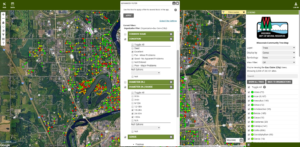
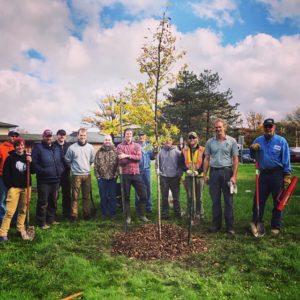 Over the years, the Urban Tree Alliance (UTA), a Madison-based nonprofit, has launched several innovative programs that promote environmental equity. The first of these programs, the
Over the years, the Urban Tree Alliance (UTA), a Madison-based nonprofit, has launched several innovative programs that promote environmental equity. The first of these programs, the 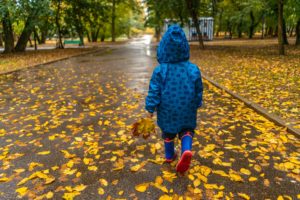 Looking for some hard numbers on how urban trees affect health conditions such as asthma, cardiovascular disease, obesity, and ADHD?
Looking for some hard numbers on how urban trees affect health conditions such as asthma, cardiovascular disease, obesity, and ADHD? 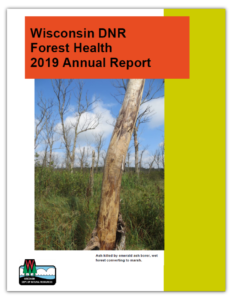 The DNR Forest Health team recently completed the
The DNR Forest Health team recently completed the 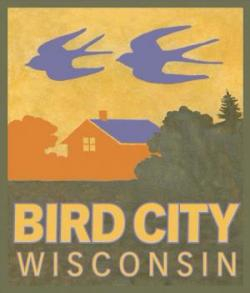 Bird City Wisconsin announces a new small grants program available to current Bird City communities. Grants totaling $500 will be awarded in each of three categories: creating and protecting bird habitat, educating residents about interactions between birds and people, and protecting birds by reducing threats.
Bird City Wisconsin announces a new small grants program available to current Bird City communities. Grants totaling $500 will be awarded in each of three categories: creating and protecting bird habitat, educating residents about interactions between birds and people, and protecting birds by reducing threats.